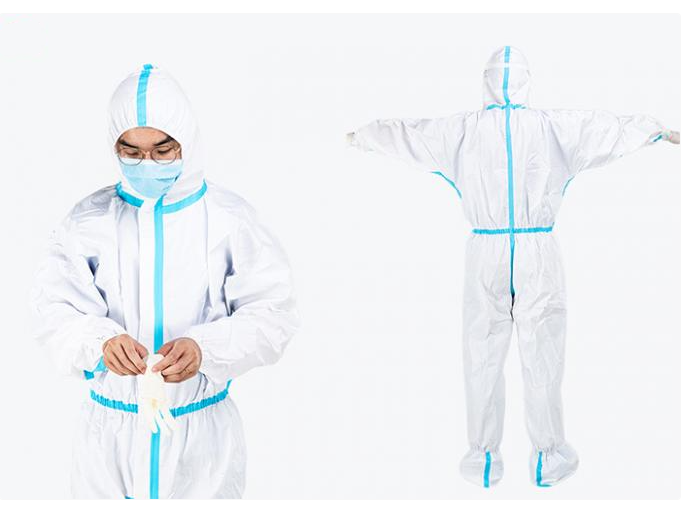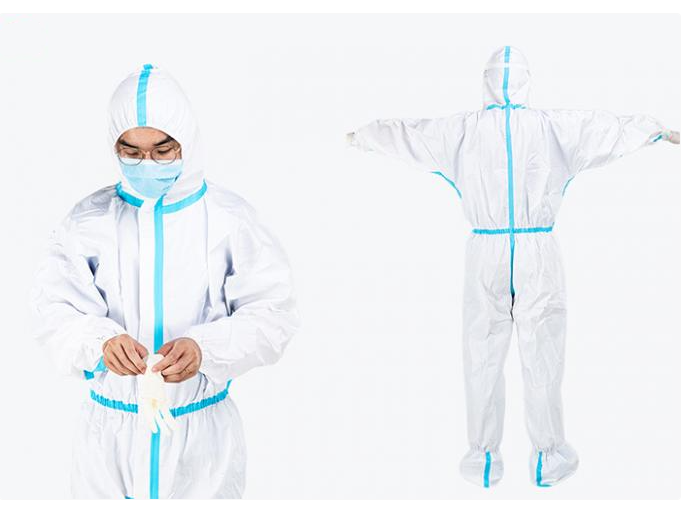Medical protective coveralls in use

Medical protective coveralls are designed to provide a barrier against contaminants, ensuring the safety of healthcare workers and patients.

Key Uses:
Infection Control: Protects against exposure to blood, bodily fluids, and infectious agents.
Chemical Protection: Shields against hazardous substances in medical environments.
Contamination Prevention: Reduces the risk of spreading pathogens in clinical settings.
Features:
Material: Often made from breathable, waterproof, and durable fabrics.
Design: Typically includes features like hoods, elastic cuffs, and sealed seams for enhanced protection.
Disposable Options: Many coveralls are single-use to prevent cross-contamination.
Applications:
Healthcare Settings: Used in hospitals, clinics, and laboratories, especially during outbreaks or procedures with high infection risk.
Emergency Response: Worn by first responders in situations involving hazardous materials or infectious diseases.
These coveralls are essential for maintaining safety and hygiene standards in various medical and emergency scenarios.

 Send Email
Send Email